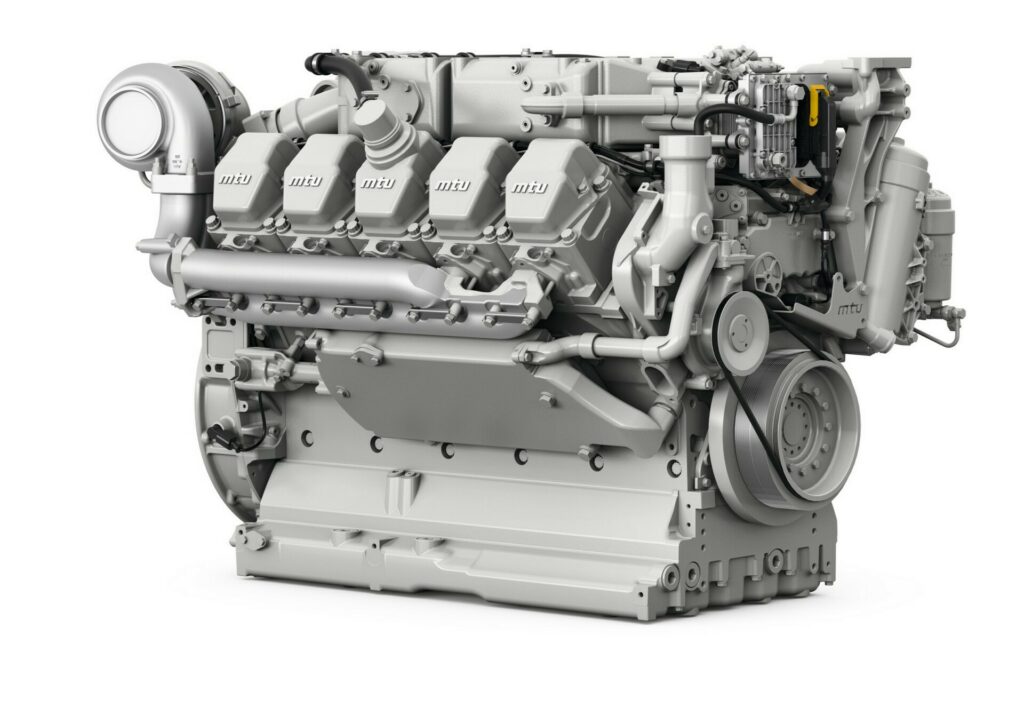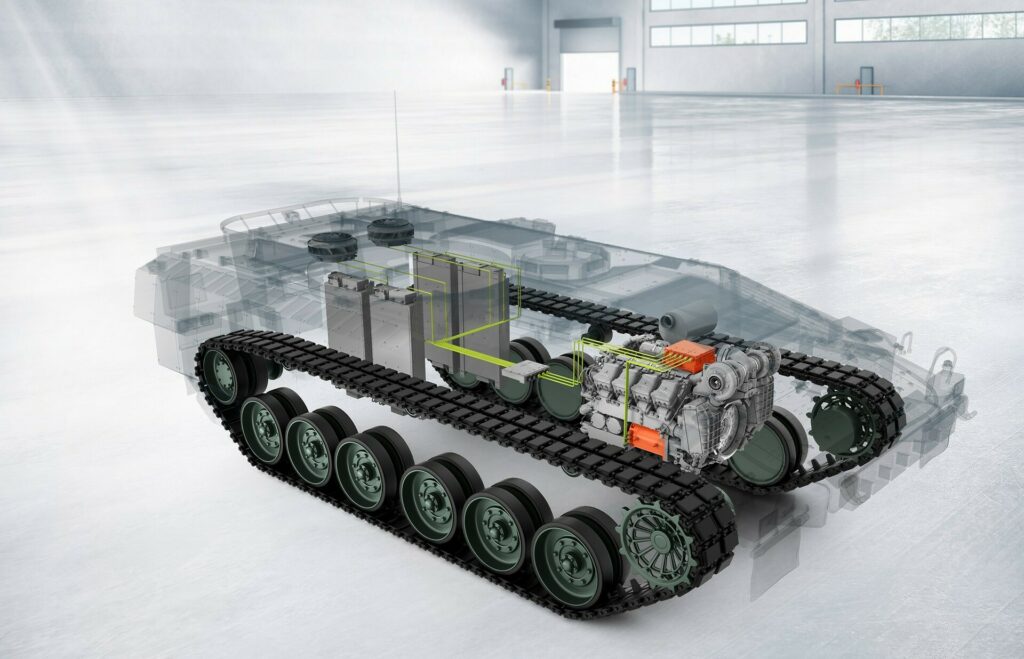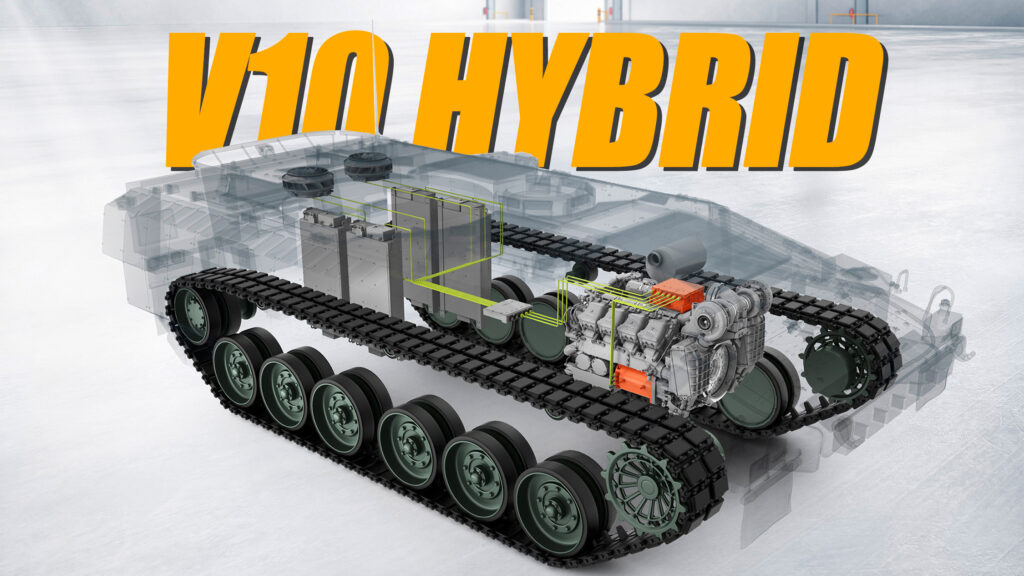- The new engine forms part of the Rolls-Royce Holdings mtu Series 199 of military engines.
- The company is already working on a more powerful version with over 1,600 hp.
- Rolls Royce Holdings is a separate company from the BMW Group-owned Rolls Royce auto brand
All future road cars from Rolls-Royce will have battery-electric powertrains, but what if we were to tell you that Rolls Royce Holdings, which is a separate company from the automotive division, has just previewed a new hybrid V10 that can pump out 1,475 hp?
Well, that’s precisely what Rolls-Royce Holdings’ Power Systems division has done. Unfortunately, for rev heads like us, it won’t be used in a future version of the Phantom nor a hybrid hypercar from the automotive brand; instead, it will be utilized by 50 to 70-tonne tanks for military use.
Read: Rolls Royce Ghost Follows In Phantom’s Footsteps With Stealthy Facelift
The new engine forms part of Rolls-Royce Power Systems’ mtu Series 199 that already includes six- and eight-cylinder units and is the best-selling engine series for military vehicles in its class. The new V10 lifts performance to new levels and has been presented in concept form at the Eurosatory defense trade fair.
Rolls-Royce hasn’t specified the capacity of the V10 but has confirmed it runs on diesel and can be supplemented with hydraulic units, air compressors, and power generators. It’s currently good for 1,475 hp or 1,100 kW, but head of development for military engines and systems at Rolls-Royce Power Systems, Christian Wolf, says the firm is already working on a 1,609 hp (1,200 kW) version.
Such monumental power figures probably wouldn’t be achievable without some form of hybridization. Rolls-Royce has combined the V10 with a battery-electric drive. Beyond adding power, the use of a hybrid system also helps to better conceal military vehicles with the powertrain. For example, the batteries can be charged with the diesel V10 and then used to supply the vehicle’s electrical systems without noise or a thermal footprint, making it harder to detect.

It’s not just at low speeds when the hybrid system is useful. It aids in acceleration and high-speed driving, all important features for a military vehicle.
“This propulsion concept will expand the operational possibilities of future tracked armored vehicles in a way that was previously hardly imaginable,” Wolf described. “We are convinced that we are making an important contribution to the further development of the defense capabilities of NATO and its allies. For the first time, vehicle manufacturers will be able to realize completely new vehicle concepts, whereby the hybrid concept can in principle be implemented with any engine series from the mtu military propulsion program.”




